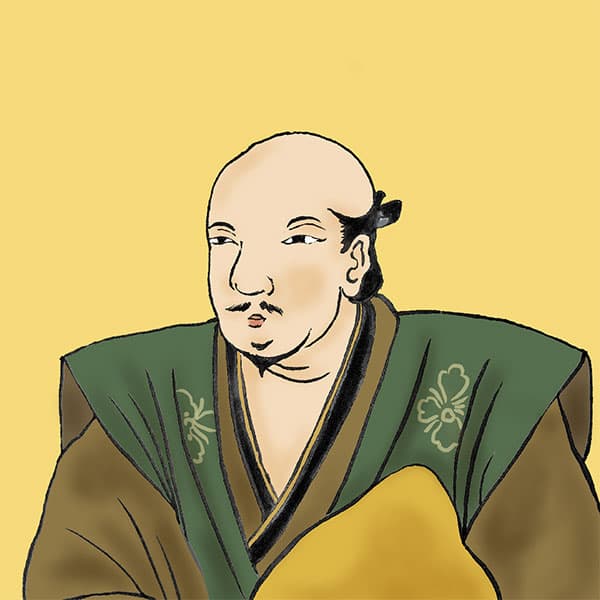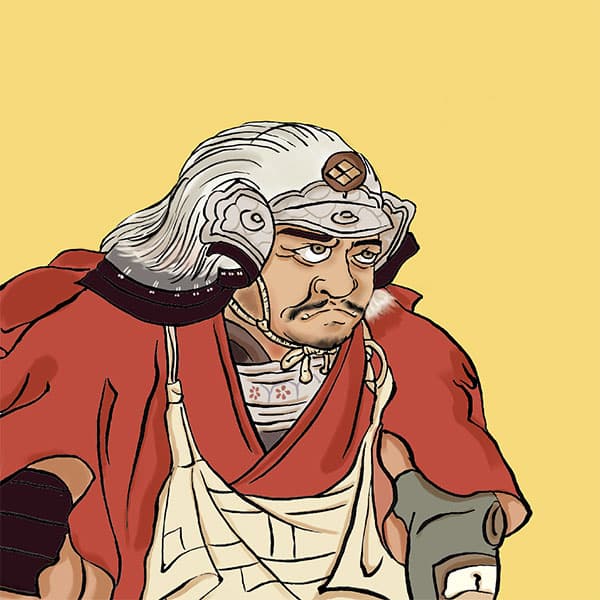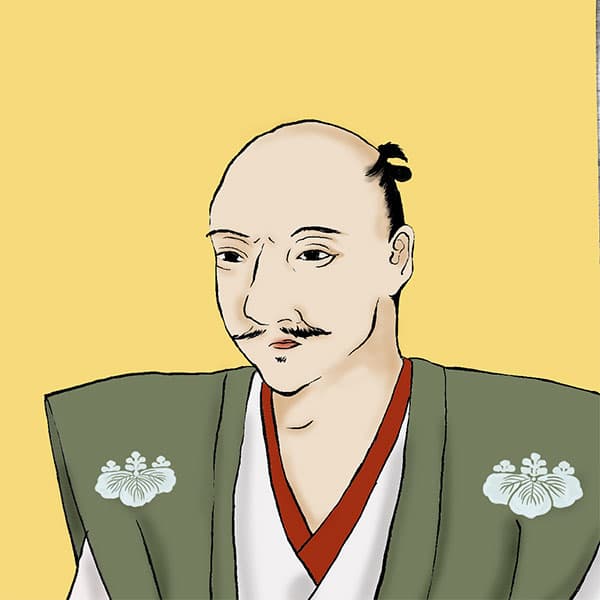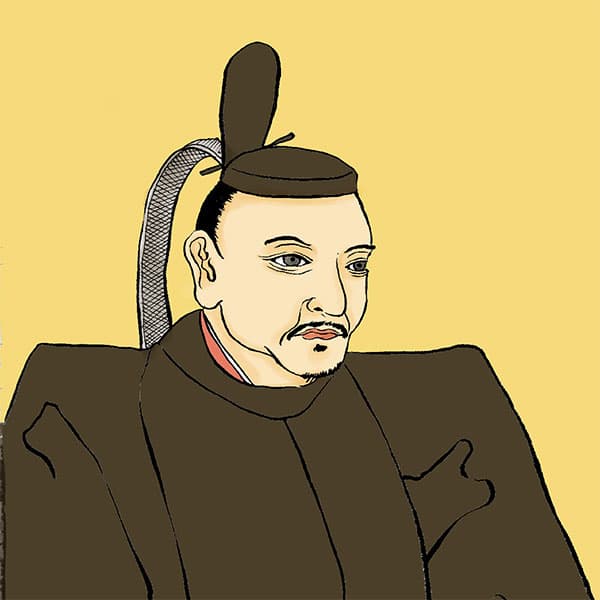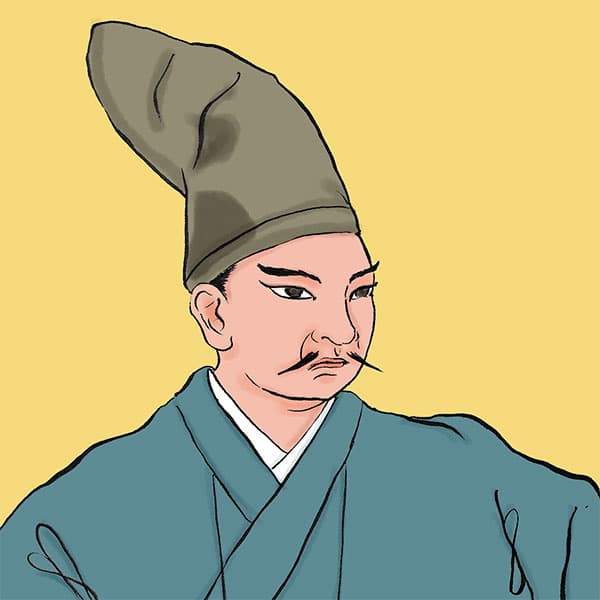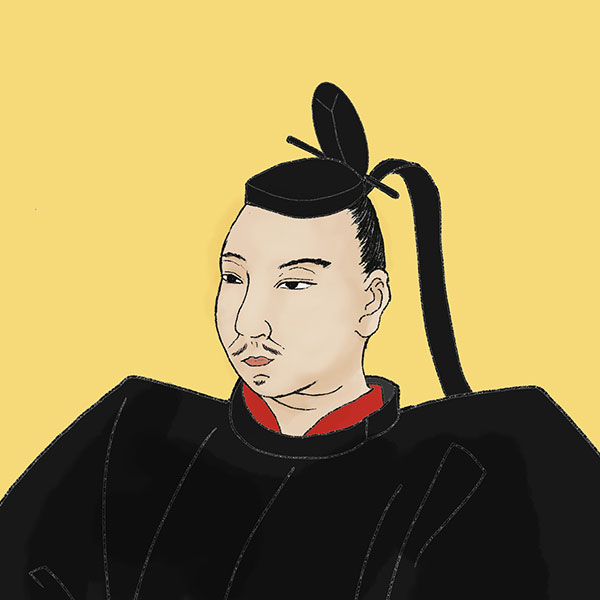Battle of Tenmokuyama (2/2)The downfall of the Takeda clan
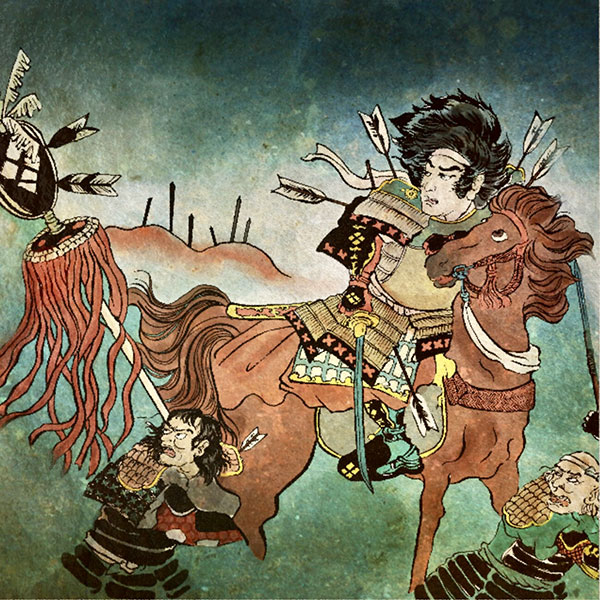
Battle of Tenmokuyama
- Article category
- case file
- Incident name
- Battle of Tenmokuyama (1582)
- place
- Yamanashi Prefecture
- Related castles

Kofu Castle
- people involved
Finally, Kiso Yoshimasa, Katsuyori's sister's husband, defected to Nobunaga. One reason seems to have been that Katsuyori imposed corvée and heavy taxes when building Sunpu Castle (Shizuoka City, Shizuoka Prefecture). It was a shock to Katsuyori that someone so close to him had gone to the Oda side, and at first he did not believe that he had turned over and sent a messenger to Yoshimasa. When Katsuyori learned that the change of sides was true, he became furious and decided to subjugate the Kiso clan. After executing Yoshimasa's mother, concubines, and children, he set out from Shinpu Castle and entered Sugata-Uehara Castle (Chino City, Nagano Prefecture) with 10,000 soldiers to attack Yoshimasa.
On the other hand, Nobunaga took advantage of Yoshimasa's defection and decided to attack the Takeda clan in earnest. When he learned that Katsuyori had defeated the Kiso clan, he declared the conquest of Koshu. Thus, in February 1582, the Koshu conquest began. The countdown to the downfall of the Takeda clan has begun.
Koshu Conquest - Oda Army VS Takeda Army
Famous generals from the Oda vassals participated in the Koshu conquest. The commander in chief of the Koshu conquest was Nobunaga's successor, Oda Nobutada. Nagayoshi Mori, Hidetaka Kawajiri, and Yoshimasa Kiso, who defected to Kazumasu Takigawa, will also participate. Following behind them were Nobunaga and his soldiers led by Mitsuhide Akechi, Tadaoki Hosokawa, Junkei Tsutsui, Nagahide Niwa, and Hidemasa Hori. The total number is said to be between 30,000 and 50,000. The Takeda side, on the other hand, had around 3,000 soldiers led by Katsuyori and Nobukatsu.
The Oda army's advance party, led by Nagaka Mori, departed from Gifu Castle on February 3rd, and on February 6th, along with Hidetaka Kawajiri, who joined them along the way, they entered Shinano Province via the Kisoguchi and Inakaido roads. The lords of the surrounding areas descended to Oda one after another, and on the 14th, Matsuo Castle (Iida City, Nagano Prefecture) also defected to the Oda army. Meanwhile, the main force led by Nobutada Oda departed Gifu Castle on February 12th and marched on Iwamura Castle on the 14th. By the way, Mt. Asama erupted on this day. The eruption of Mt. Asama was a sign that something strange was going to happen in Kai and Shinano provinces, a bad omen, and there is no doubt that the Takeda clan was greatly shaken.
The two armies clashed on February 16th, and the Takeda army was defeated by Yoshimasa Kiso at Torii Pass. On the 18th, Nobutada invaded Iida (Iida City, Nagano Prefecture). At this time, the lord of Iida Castle, Masanao Hoshina, abandoned the castle and fled to Takato Castle, and Katsuyori's uncle, Nobunari Takeda, who learned of this, also fled from Oshima Castle (Shimoina District, Nagano Prefecture), which was a key player in the war. I am.
Meanwhile, on the 18th, Tokugawa Ieyasu moved from Hamamatsu Castle to Kakegawa Castle, captured Tanaka Castle (Fujieda City, Shizuoka Prefecture), and then advanced to Sunpu Castle on February 21st. The Hojo clan also attacked eastern Suruga and captured a castle in late February. In this way, in the early stages of the Koshu conquest, the Takeda side continued to surrender and defect, so the Oda side was able to control Minami-Shinano almost without fighting. By the way, around this time, Takeda's senior vassal Baiyuki Anayama also defected to Ieyasu, shocking the Takeda army. It is said that this betrayal led to an endless number of deserters.
Then, on March 1st, the Oda army besieged Takato Castle (Ina City, Nagano Prefecture). The person who protects Takato Castle is Morinobu Nishina, Katsuyori's half-brother. While other vassals gave up on Takeda, he was the only one who faced off against the Oda allied forces. The battle between the two armies began on March 2nd, but Morinobu desperately fought back with 3,000 men against the all-out attack of 30,000 Oda troops. Although they achieved some successes, such as defeating Nobunaga's cousin, Nobuie Oda, they were unable to overcome the numbers and the castle fell. Morinobu also died in battle. Or they committed suicide and left this world.
The Tokugawa army advances towards Shinpu Castle under the guidance of Anayama Baisetsu. Meanwhile, Katsuyori, who had been moving from Suwa to Shinpu Castle with less than 1,000 soldiers, learned of the fall of Takato Castle, and on March 3, set Shinpu Castle on fire and fled with the remaining 700 soldiers.
At the final military council held at Shinfu Castle on March 2nd, the future destination was discussed. According to the "Koyo Gunkan", there are two versions: staying in the castle and dying in battle, moving to Iwadono Castle (Otsuki City, Yamanashi Prefecture), where Nobushige Oyamada, the chief retainer of the Takeda clan, is located, and one version of Iwato Castle advocated by Masayuki Sanada. The main opinion was to evacuate to Higashiazuma Town, Azuma District, Gunma Prefecture and try to recover. However, since Mr. Sanada was a foreigner, it was decided to rely on Mr. Oyamada, the Fudai chief retainer. At this time, Katsuyori's cousin, Nobutoyo Takeda, was heading to Komoro Castle, Shinano (Komoro City, Nagano Prefecture), aiming to make a comeback.
Katsuyori moved towards Iwadono Castle with his eldest son Nobukatsu. At Tsuruse (Yamato-cho, Koshu City), I waited for Nobushige, who had left a few minutes earlier, to pick me up, but he never showed up. In fact, Nobushige had decided to defect to the Oda side. According to "Koyo Gunkan", on March 9th, Nobushige blocked Katsuyori's road to Iwadono Castle and fired a gun at him to block Katsuyori. The same goes for Anayama Baisetsu, but when you see the military commanders at the core betraying one after another, you can see that the Takeda clan led by Katsuyori was truly in a state of tatters.
By the way, Katsuyori requested reinforcements from his ally, the Uesugi clan, but Kagekatsu Uesugi, who was troubled by Shibata Shigeie's rebellion, was unable to allocate enough troops and his march was delayed, so he ultimately did not arrive in time. did. One theory is that it was a pose that said, ``I've sent reinforcements.''
Katsuyori commits suicide at the Battle of Tenmokuyama
Katsuyori Takeda and his group are abandoned by Nobushige Oyamada and are pursued from behind by the Oda army led by Kazumasu Takigawa. Perhaps realizing that there was no escape, Katsuyori headed for Mt. Tenmoku. Tenmokuyama was once the place where Nobumitsu Takeda, the 13th head of the Takeda clan, committed suicide after being defeated in battle, and Tenmokuyama Seiun-ji Temple is where the graves of the Takeda clan's ancestors are located. At this point, only about 40 soldiers remain. The number of soldiers who deserted while on the move continued to decrease, resulting in such a decline.
On March 11th, when Katsuyori and his group reached the foot of Mt. Tenmoku, they were finally caught up by the Oda army. At this point, Katsuyori and his friends chose complete resistance rather than surrender. Katsuyori was prepared to commit suicide on Mt. Tenmoku, and in order to buy time, Masatsune Tsuchiya and Tomoharu Komiyama, who had followed Katsuyori to the end, put up a great fight. In particular, Masatsune Tsuchiya was so successful that he earned the nickname "One-Handed Killer". He met the Oda army on a narrow cliff path, grabbed a wisteria vine with one hand to prevent his fall, and defeated the enemy with one hand, resulting in a spectacular death.
While his last vassals struggled, at around 11 a.m. on March 11, Takeda Katsuyori committed suicide along with his eldest son Nobukatsu and his legal wife Mrs. Hojo. He passed away at the age of 37. The sad story is that Nobukatsu was not yet an adult at the time, so he held a Genpuku ceremony and committed suicide after inheriting the headship of the family from Katsuyori. After the heads of Katsuyori and Nobukatsu were sent to Kyoto, they were beheaded.
As for the rest of the Takeda clan, Oda Nobutada executed all Katsuyori's associates and senior retainers in Kofu on March 7th. Nobutoyo Takeda committed suicide along with his mother, and Shingen's second son, Nobuchika Unno, who was a monk, committed suicide after losing his son.
Koshu after the fall of the Takeda clan
After the fall of the Takeda clan, Oda Nobunaga divided and ruled the former Takeda territory (Kai Province, Shinano Province, and Ueno Province) among his subordinates. However, on June 2, 1582, the Honnoji Incident occurred, and Nobunaga was defeated by Akechi Mitsuhide, and the people of the former Takeda territory rebelled. He begins to drive out Oda vassals one after another. Thus, from June to October, a battle called the ``Tensho Migo War'' broke out in the former Takeda territory. The Tokugawa clan, the Uesugi clan, and the Hojo clan fought to acquire the former Takeda territory, and as a result, the Tokugawa clan gained power by gaining Kai Province and Shinano Province.
Reread the article about the Battle of Tenmokuyama
- people involved

- WriterNaoko Kurimoto(Writer)I am a former travel industry magazine reporter. I have loved history, both Japanese and world history, since I was a child. I usually enjoy visiting temples and shrines, especially shrines, and often do ``pilgrimages to sacred places'' themed around historical figures. My favorite military commander is Ishida Mitsunari, my favorite castle is Kumamoto Castle, and my favorite castle ruins is Hagi Castle. My heart flutters when I see the ruins of battle castles and the stone walls of castle ruins.


